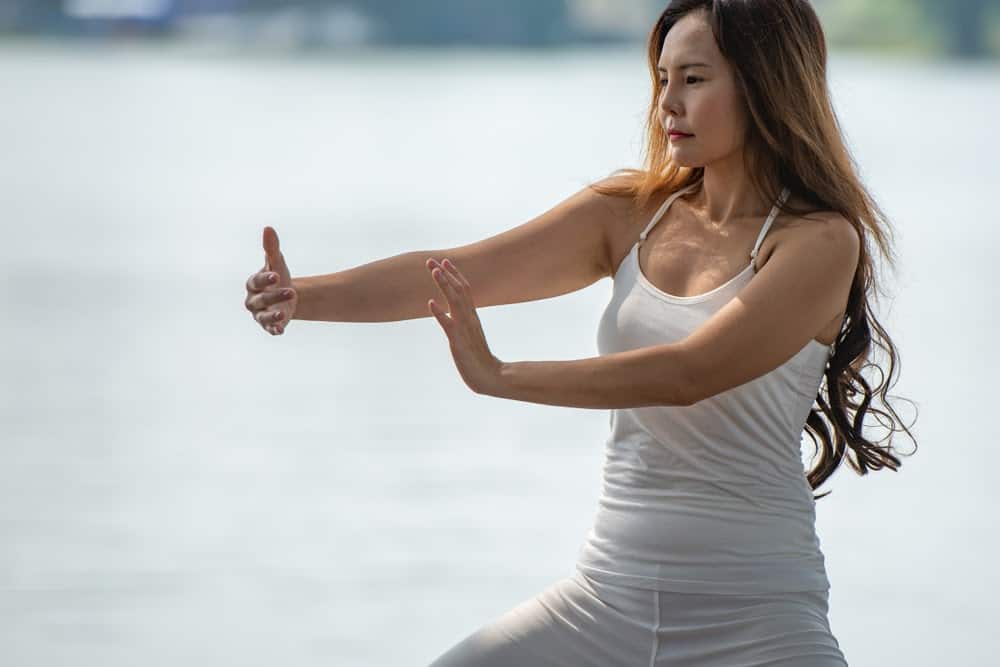Stress is a natural fact of life. In small doses, it can boost alertness and performance. However, when you are always stressed, it can have a significant negative impact. The stress response system releases hormones in response to stressors. Although beneficial in small increments, when the fluctuations become chronic, it can quickly lead to health concerns.
Chronic stress is linked to long-term health conditions, including depression, cardiovascular disease, diabetes, and even cancer. You may experience short-term impacts such as headaches, insomnia, upset stomach, and anxiety. The good news is that many regular easy exercises can help get your stress response system back into a more normal balance. Routine workouts can aid in releasing your natural endorphins that can work to combat and reduce stress.
Exercise plays a large role in relieving stress. Studies have shown that exercising, both physically and mentally, allows individuals to maintain general well-being even when faced with adverse life events and situations. Regular activity can positively impact reducing tension, anxiety, and depression—the health benefits of exercise work as a stress buffer.
Besides, working out increases the level of endorphins or feel-good hormones in our body, which also helps counter any stress you may be experiencing. Many different types of activities can help decrease stress. Physical workouts, such as yoga or swimming, help to reduce stress and ensure good health. Other stretching movements offer a calming effect on the body. Keep reading to learn how you can incorporate easy exercises into your daily routine to help reduce stress.

20. A Chinese martial art technique called Qigong involves slow, gentle movements.
Qigong is not a heart-pumping workout that puts your body into extreme movement. Instead, it is a more meditative and deliberate approach that offers stress relief. The slow, gentle movements focus on increasing harmony within yourself and your life. That includes the situations you are experiencing or with the people you interact with. The physically slow movements warm tendons, ligaments, and muscles while also toning vital organs and connective tissues. Qigong has been shown to help heal life challenges that range from high blood pressure to emotional frustration and mental stress. Being in tune with your breathing has been shown to be extremely relaxing and calming to your nervous system.
Further, it helps lower or reduce your stress levels and the signs associated with it. You can practice Qigong at home, along with online videos and DVDs. Experts recommend you complete this easy exercise twice daily for 10-15 minutes each session. Qigong is considered one of the fundamental Chinese medicines right next to acupuncture. By incorporating Qigong into your routine, you will likely experience increased serenity feelings, increased energy, and even improve your digestion and sleep. People often describe Qigong as a mind-body-spirit exercise that improves your mental and physical health by incorporating posture, movement, breathing techniques, and focused intent. The easy exercise helps to enhance your ability to feel the underlying world and deepen your communication with it.
